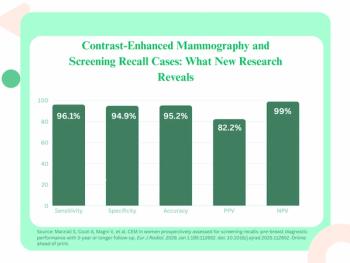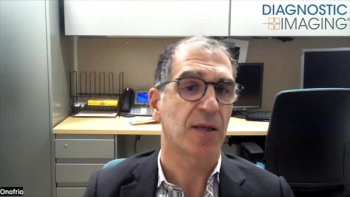
Toshiba moves software unit to U.S.
Japanese vendor Toshiba is banking on a change of scenery to helpit meet the software requirements of U.S. nuclear medicine customers.The company announced last month that it is moving its nuclearmedicine software development program from Japan to
Japanese vendor Toshiba is banking on a change of scenery to helpit meet the software requirements of U.S. nuclear medicine customers.The company announced last month that it is moving its nuclearmedicine software development program from Japan to Toshiba AmericaMRI (TAMI) in South San Francisco, CA.
The move is in part a response to requests from Toshiba's U.S.users, who have asked for U.S.-based software development, accordingto Steve Sickels, manager of the nuclear medicine business unitat Toshiba America Medical Systems in Tustin, CA. In particular,the relocation is expected to improve Toshiba's capabilities inthe growing nuclear cardiology segment.
"Japan is very focused on brain imaging, the U.S. is veryfocused on cardiac," Sickels said.
We had great brain software and we had good cardiac software.This will make our software that much better in cardiac becausenow we will have direct control over (development).
Many new advances in nuclear medicine are coming through softwareinnovation, noted TAMS president Kunio Sumikawa. At last month'sSociety of Nuclear Medicine meeting, for example, Toshiba unveiledits flexible angle reconstruction (FAR) technique, which usesimage processing algorithms to compensate for attenuation artifacts.
FAR allows Toshiba's opposing-angle dual-head cameras to utilizea full scan with a 360° acquisition in the same amount oftime as an L-angle dual-head camera in a 180° acquisition.FAR processes the additional views acquired from the 360°acquisition that contain data on myocardial activity while excludingthose views containing no myocardial activity and spine attenuation.The technique improves image quality and increases the study'scount statistics.
"Instead of physically putting an L-angle gantry or detectorthere, we are giving the ability to do the L-angle via software,"Sickels said.
The move to South San Francisco will also allow Toshiba to leveragethe development experience at TAMI, which was responsible forthe icon-based operating system of the Flexart MRI scanner.
Toshiba is in the process of transferring engineers from Tokyoto South San Francisco. Some software development will remainin Japan, Sickels said.
Newsletter
Stay at the forefront of radiology with the Diagnostic Imaging newsletter, delivering the latest news, clinical insights, and imaging advancements for today’s radiologists.




























